Rome, Italy, Jun 13, 2023 / 01:00 am
Everyone’s favorite patron saint of finding lost things is not from where you may think.
The Franciscan saint known around the world as St. Anthony of Padua was not born in the Italian city of Padua but in Lisbon, Portugal.
Portuguese Catholics are quick to point this out to visitors to their capital city. Bernardo Nuncio, a 23-year-old law student from Lisbon, told CNA that he believes there is a “good rivalry” with the Italians over who can claim the 13th-century saint.
“We always tell Italians that he is not from Padua. He is from Lisbon,” Nuncio said.
“But in a friendly way because what in fact matters is what he did for the Church and that is so much bigger than nationality,” he added.
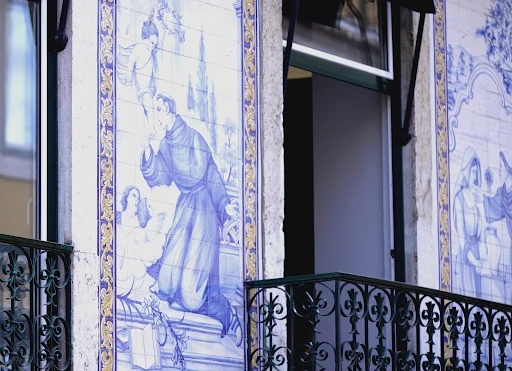
St. Anthony was known in his own day as the “Hammer of Heretics” due to the powerful witness of his life and preaching. He was commissioned by St. Francis of Assisi to teach theology to the friars in 1224 and went on to preach as a missionary in France and Italy before he died at the age of 36. He was proclaimed a doctor of the Church in 1946.
Nuncio, who is a volunteer helping to organize World Youth Day in Lisbon, said that he hopes that the 1.5 million people expected to visit Lisbon for the youth event this August will discover St. Anthony to be a very helpful intercessor — and not only for lost things.
In the city hosting the 2023 World Youth Day, Catholics can visit the church built on the site where St. Anthony was born, the cathedral where he was baptized, and the monastery where he entered religious life.
Church of St. Anthony
Located in the heart of Lisbon’s historic center, the Church of St. Anthony, or Igreja de Santo António de Lisboa in Portuguese, is not to be missed for those who want to venerate the 13th-century saint.
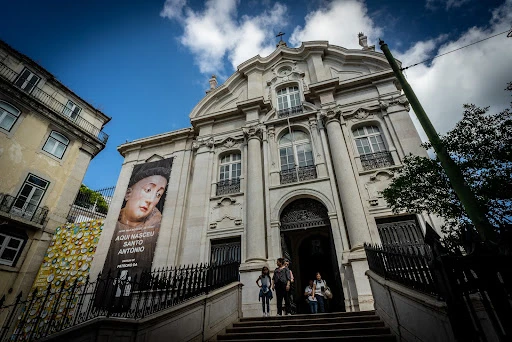
The church was built on the site where St. Anthony was born and raised before he entered religious life and took Anthony as his religious name after the fourth-century desert monk St. Anthony of Egypt. At his birth in 1195, his parents gave him the name Fernando Martins de Bulhões.
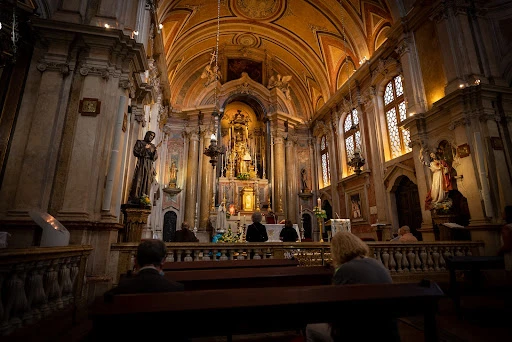
Visitors to the church can descend down to crypt chapel that marks St. Anthony’s birthplace. According to the Lisbon church, the first chapel was built at the “House of St. Anthony” shortly after his canonization in 1232. The church has been rebuilt many times over the centuries, most recently in 1767 in a Baroque style.
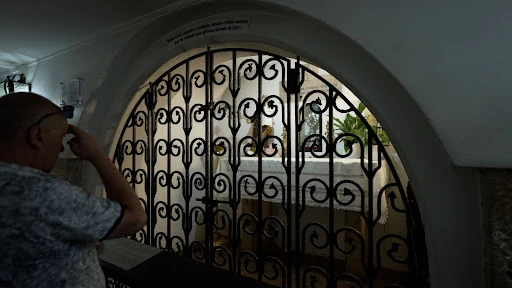
(Story continues below)
St. John Paul II visited the church and prayed in the crypt chapel in 1982 before continuing on to Fatima to give thanks to the Blessed Virgin Mary for saving him from an assassination attempt. The pope also inaugurated a statue of the saint, which can be seen outside of the church.
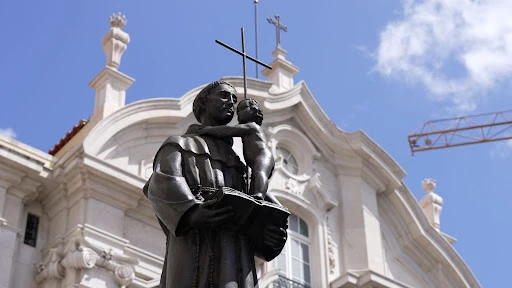
Lisbon Cathedral
St. Anthony was baptized in the Lisbon’s Metropolitan Cathedral of St. Mary Major, or Santa Maria Maior de Lisboa in Portuguese, located just a block away from the Church of St. Anthony.
The cathedral, built in 1147, is the oldest Catholic church in Lisbon. The baptismal font, locally believed to be the original, is found to the left to the main entrance of the cathedral in an alcove decorated with traditional blue-and-white Portuguese tiles.
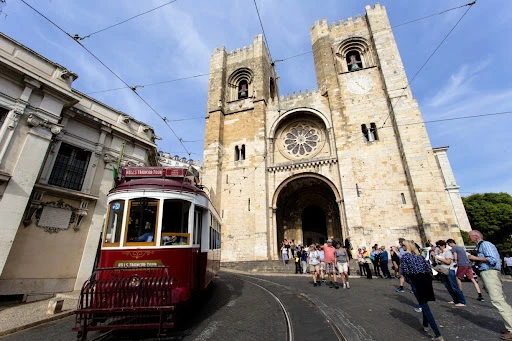
Each year on June 13, the feast of St. Anthony, Catholics in Lisbon participate in a lively procession through the streets of St. Anthony’s old neighborhood in the Alfama district.
The annual procession, which dates back more than 250 years, leaves from the Church of St. Anthony and passes by the Lisbon Cathedral.
The massive celebration of St. Anthony’s feast in Lisbon continues with music, dancing, and grilled sardines.
Monastery of St. Vincent’s Outside the Walls
St. Anthony entered religious life in the Augustinian Order in 1210 at the Monastery of São Vicente de Fora, or the Monastery of St. Vincent Outside the Walls in Lisbon.
With walls adorned with traditional blue-and-white azulejo tiles and frescoed ceilings, the monastery, rebuilt in the late 16th century, is a stunning example of High Renaissance art and architecture.
While not as centrally located as the other two churches, the monastery’s rooftop has stunning views of the rest of the city.
The monastery’s Chapel of St. Anthony is believed to have been built on the site of Anthony’s cell in the medieval monastery when he was studying for the novitiate.
Due to the many distractions in the Lisbon monastery, St. Anthony made the decision to move to a more secluded religious house in the Portuguese city of Coimbra in 1212 to live a life of asceticism and prayer.
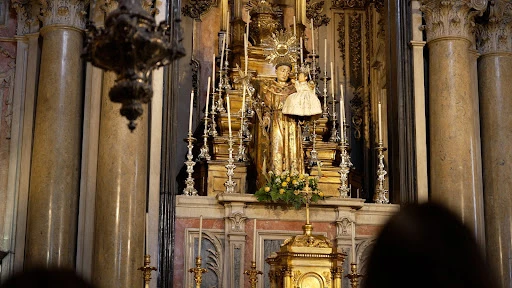
It was in Coimbra that heard about five Franciscan friars who had recently died for their faith in Morocco and felt the desire to adopt the Franciscans’ poor and humble way of life.
He eventually obtained permission to leave the Augustinians and join a small Franciscan monastery in 1221. He traveled on a ship bound for Africa with the hope of imitating the Franciscan martyrs who had died trying to convert the Muslims of Morocco, but he became seriously ill during the journey and forced to return home.
This ship that was supposed to take Anthony back to Portugal for medical treatment was blown off course and by this unplanned circumstance, St. Anthony landed on the shores of the country that would enthusiastically embrace him as their own for centuries to come: Italy.



